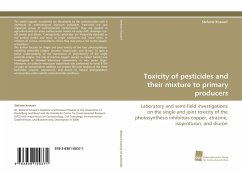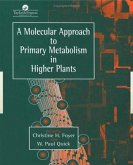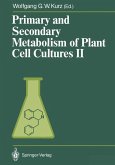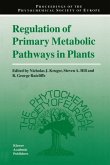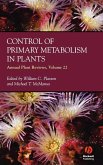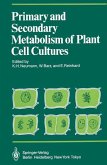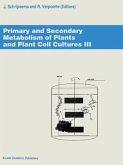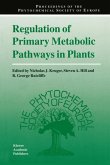The earth's aquatic ecosystems are threatened by the contamination with a multitude of anthropogenic chemical pollutants. Pesticides are one important group of environmental contaminants. They are applied in agriculture and can enter surface water bodies via spray drift, drainage, run-off events and others. Consequently, pesticides are frequently detected in our surface waters and occur as single substances and, more often, in mixtures of various compositions. There they may pose a risk to the aquatic ecosystems. The author focuses on single and joint toxicity of the four photosynthesis-inhibiting pesticides copper, atrazine, isoproturon, and diuron. To gain a better understanding of the mechanism of phytotoxicity of the single pesticide copper, the role of reactive oxygen species in copper toxicity was investigated in detailed laboratory experiments in two green algae. Moreover, an outdoor mesocosm experiment was performed to verify if the concept of concentration addition can predict the joint toxicity of the three herbicides atrazine, isoproturon, and diuron to natural phytoplankton communities under realistic environmental conditions.
Bitte wählen Sie Ihr Anliegen aus.
Rechnungen
Retourenschein anfordern
Bestellstatus
Storno

